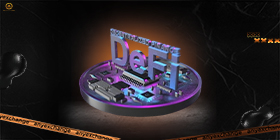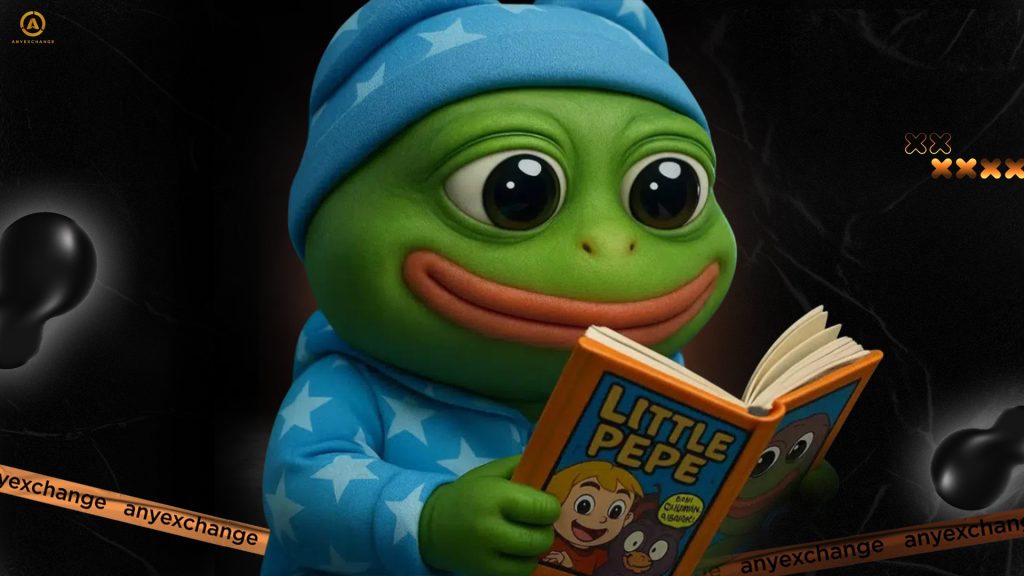
Out of the thousands of meme coins that have existed throughout the history of cryptocurrencies, no more than a dozen have reached a billion-dollar market cap. The vast majority of “joke” coins have no fundamental value and offer only opportunities for speculative trading based on hype.
Recently, Little Pepe (LILPEPE) entered the market. This memecoin features a meme image and claims to have real technology behind the project. It has Layer 2 functionality, its own infrastructure, and an impressive ecosystem. Positioned as a “next-gen” meme coin, Little Pepe doesn’t just reinterpret the iconic image of Pepe the Frog; it aims to unite communities, NFTs, and dApp projects, offering solutions for scalability and utility.
In our review of Little Pepe, you will learn how the team is implementing the project, how the community is reacting to the new frog-themed coin, and what experts predict for Little Pepe in 2025.
What is Little Pepe?
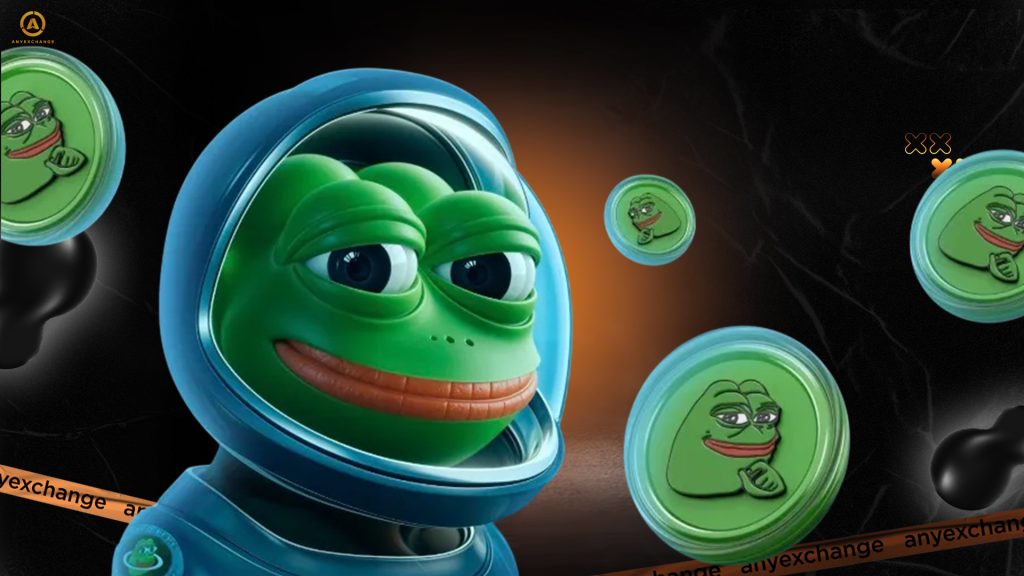
It is a new-generation crypto project built on Ethereum and its own Layer 2 infrastructure. It combines internet culture aesthetics with a serious technological foundation, offering users a full-fledged, decentralized Web3 ecosystem.
The idea for the project emerged in late 2023 in response to the surge and subsequent disappearance of one-day meme coins, which left investors disappointed in their wake. A team of low-key yet undeniably tech-savvy Web3 enthusiasts who previously participated in creating solutions for Ethereum and Polygon are developing the project. Despite their anonymity, the team regularly publishes influencers’ opinions about Little Pepe on X (Twitter) and shares technical updates. They also undergo smart contract audits, which speaks to the soundness of their approach, determination, and fuels the community’s interest and trust.
Little Pepe’s mission is to build the world’s first full-cycle ecosystem, from a joke coin to its own Layer 2 network, DeFi applications, gaming products, and the NFT market. The project aims to demonstrate that memes can be the basis for technological progress and profitable long-term investments.
Is Little Pepe’s Layer 2 a real blockchain?
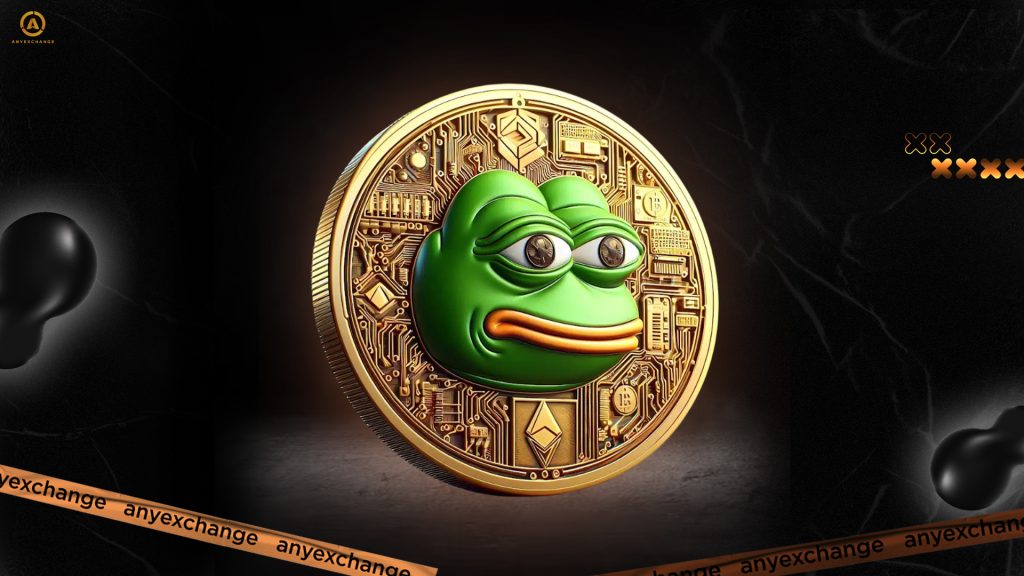
Compared to most memecoins, which are content with a modest existence at the ERC-20 level without their own infrastructure, Little Pepe’s blockchain really stands out. The project launched a fully-fledged Layer 2 focused on scalability, low fees, and support for Web3 applications.
The main goal of implementing the second layer is to solve the Ethereum network’s typical problems: high fees and slow transactions. In the Little Pepe blockchain, transactions are confirmed almost instantly, and fees are much lower. This paves the way for widespread use of the project, not only as a token, but also as infrastructure for Web3 applications.
The blockchain is based on a high-throughput rollup mechanism. The Layer 2 network is optimized for widespread use and includes Little Pepe smart contracts for non-fungible tokens (NFTs), gaming platforms, and decentralized finance (DeFi). This is not just an abstract promise; the test network is already up and running, and the mainnet is expected in the coming months.
Layer 2 is fully compatible with the Ethereum Virtual Machine, enabling quick migration of dApps or creation of new ones. This significantly lowers the barrier to entry for developers and simplifies the security audit of smart contracts.
Tokenomics and price
The LILPEPE cryptocurrency’s economic model takes into account the negative experience of previous memecoins. The team tried to balance hype, demand, stable liquidity, and long-term appeal for holders. Thanks to this, Little Pepe’s tokenomics has received positive reviews, even from conservative crypto analysts. The declared issuance is 1 billion tokens, which are distributed as follows:
- 26.5% — presale;
- 10% — exchange allocation;
- 10% for liquidity maintenance;
- 10% for marketing;
- 13.5% for staking and rewards,
- 30% for network reserves.
Unlike “printing presses” with unlimited issuance, LILPEPE has mechanisms to limit its supply, including token burning and deflationary triggers in its smart contracts.
As of this writing, the memecoin is in its presale stage, which began on June 10, 2025. It is currently in its ninth stage, with the token price reaching $0.0018. More than 10 billion tokens have been sold, and the project has already raised more than $16 million in just a few weeks.
Differences from other memecoins
By 2025, the market will be oversaturated with meme coins, three of which will use the same image: the iconic Pepe the Frog. Popular projects such as PEPE and Pepe Unchained (PEPU) already exist. PEPE became a hit in 2023, and PEPU launched its own Layer 2 network. A comparison of LILPEPE with other “frog” tokens reveals that the project is forging a unique path. Unlike Pepe Unchained, LILPEPE boasts superior technological integrity. Some analysts even compare Little Pepe’s growth rate to that of Dogecoin and Shiba Inu, noting that established memecoins are slowly “burning out” and cannot demonstrate such impressive dynamics.
Technological base
Unlike PEPE, which exists only as an Ethereum token, and Pepe Unchained, which focuses on network performance, Little Pepe aims to build a real ecosystem with diverse functionality. Its Layer 2, EVM support, smart contracts, and extensive scalability capabilities increase the project’s potential and make it more resistant to technological and market risks. Among the products already announced are an NFT marketplace, platforms for meme battles, and mini-games based on smart contracts. There are also plans to launch a DAO where users can vote on project development and budget allocation.
DeFi integrations
The project incorporates the fundamental elements of DeFi: staking, farming, and DEX pools. To farm on Little Pepe, simply connect a supported wallet, sеlect a liquidity pool, and start earning token rewards. The project has also announced integrations with yield aggregators and multichain bridges.
Where to buy and how to trade
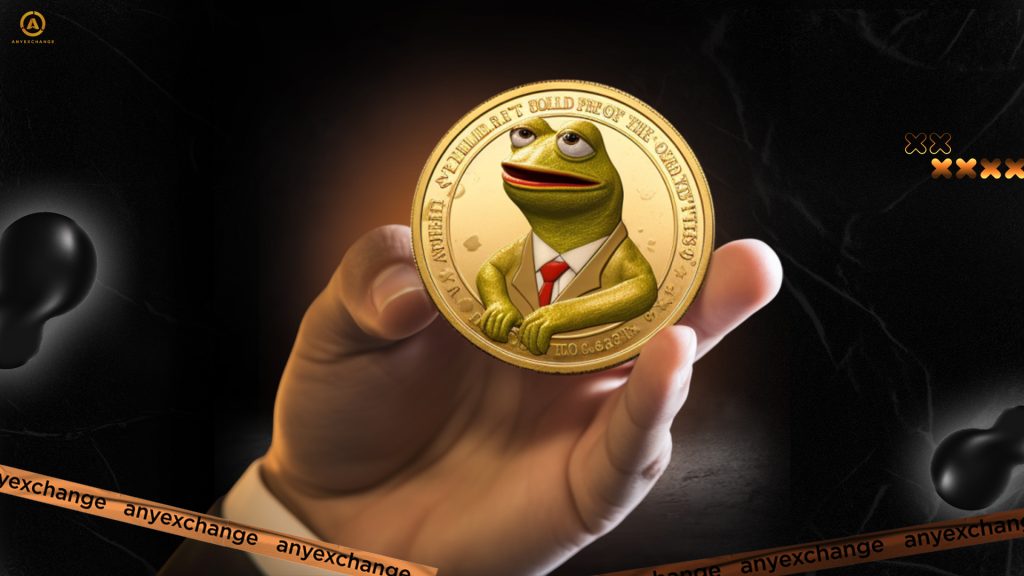
How to participate in the Little Pepe presale
Participation in the presale is only available on the project’s official website. The team urges users not to trust other sources.
- Go to the website and connect your crypto wallet.
- sеlect a convenient cryptocurrency or make a payment with a bank card.
- Enter the amount and confirm the transaction.
How to buy Little Pepe after the presale ends?
The token will be available on decentralized exchanges (DEX) and centralized exchanges. The project aims to provide new investors with wide availability and security by offering various purchase options, eliminating the need to ask, “Where is Little Pepe traded?” To buy, simply connect your Web3 wallet to your preferred exchange, sеlect the desired network, and complete the transaction. Little Pepe supports the most popular cryptocurrency wallets.
Security and storage
The project has been audited, and a bug bounty program has been launched to attract “white hat hackers” who will find vulnerabilities and improve the security of its products. The team recommends storing tokens in non-custodial wallets that support multi-network operations. For maximum asset protection, connect Ledger or Trezor hardware wallets.
Potential and forecasts
Interest in LILPEPE continues to grow, and many analysts have included the project on their watch lists as the top memecoin investment for 2025. Its advantages—the presence of Layer 2 and the systematic development of infrastructure—make it unique among its competitors.
According to BeInCrypto experts and X blockchain influencers, the project has a good chance of avoiding the typical “pump and dump” scenario. They emphasize that, unlike most memecoins, LILPEPE has a strategy, an active community, and technical progress. Little Pepe’s Layer 2 launch prospects and the growing interest of developers in creating dApps on this platform are frequently mentioned.
Analysts forecast that the Little Pepe price will increase from 5x to 20x the initial listing price by the end of 2025, provided Layer 2 is successfully launched and the ecosystem grows.
The following is planned for the second half of 2025:
- Launch of a full-fledged DAO.
- Entry into multisocket bridges.
- Integration with L2 infrastructures (e.g., Base and Arbitrum).
- Expansion of the NFT segment According to the team, their goal is to build a sustainable and scalable Little Pepe ecosystem where every user can hold and use the token.
Can the project replicate Dogecoin’s or SHIBA’s success? Theoretically, yes, especially if the community continues to grow and Layer 2 is accepted by users and developers. If Little Pepe implements its plans, it can establish itself in the Ethereum ecosystem as an independent technology stack. It won’t just “survive” the hype; it will use it for sustainable growth.
In such a scenario, the outlook is optimistic. Experts point to the possibility of reaching a billion-dollar capitalization if the project maintains its development pace and audience trust. According to some analysts, if Layer-2 memecoin is successfully launched in 2025, the ecosystem is scaled, and audience trust is maintained, the coin could reach a $1 billion capitalization by the second half of 2026.
Risks and criticism
- Memecoin volatility. Like other similar projects, LILPEPE is subject to high volatility. Fluctuations caused by whales, influencers, or social media sentiment can multiply the price or cause it to plummet in a matter of hours. This is particularly critical for investors counting on long-term profits.
- Stability of the Layer-2 solution: Although launching Layer-2 is a powerful technological advantage, its stability has yet to be proven. Until there is sufficient load from dApp projects on Little Pepe, it will be impossible to say how scalable and secure the blockchain will be.
- Transparency of the team. The project team remains anonymous, which is typical for memecoins. While updates are published regularly, AMA sessions are held, and the project has been audited, the absence of well-known personalities raises doubts among some investors.
Conclusion
The Little Pepe project definitely occupies a special place among memecoins. It is not just an idea for a “viral token,” but rather a technologically supported ecosystem with its own Layer-2 network, EVM compatibility, NFT platforms, and DeFi functionality support. These features make Little Pepe one of the most ambitious memecoins in 2025.
From an investor’s point of view, Little Pepe looks promising — it has the potential to generate high returns if the ecosystem matures. In other words, if you are looking for a memecoin with real utility rather than just a speculative coin, LILPEPE is worth considering. However, as with any meme coin, such investments should be approached responsibly, with awareness of all possible risks.
Thank you for reading our article. Invest safely and profitably!
AnyExchange is an exchanger where you can convert cryptocurrencies at the most favorable rate. The platform also offers fast, secure money transfers worldwide.
Frequently Asked Questions (FAQ)
How is Little Pepe different from other meme coins, such as PEPE and Dogecoin?
The main difference is that Little Pepe has its own Layer 2 network and extensive infrastructure. Unlike other memecoins, Little Pepe is a coin with Layer 2 functionality that is focused on building a technological environment rather than speculative growth.
Does Little Pepe have real infrastructure, or is it just hype?
The project is building a full-fledged ecosystem with blockchain, smart contract support, NFTs, DeFi, and DAOs. Test dApps have already launched, and the main network launch is scheduled for the second half of 2025.
How can I participate in the Little Pepe Layer 2 launch?
You can participate through staking, DAO participation, ecosystem farming, or testing dApps. Instructions on how the Little Pepe blockchain works and how to connect to it are regularly published on the project website and on X.
Where is it safe to buy and store Little Pepe tokens?
The token is currently available for purchase on the project’s official website and will be available later on DEX platforms and centralized exchanges. Suitable storage options inсlude MetaMask, SafePal, Trust Wallet, and hardware wallets. If you are looking for a reliable wallet to store Little Pepe tokens, consider using a non-custodial option with multi-network support.



